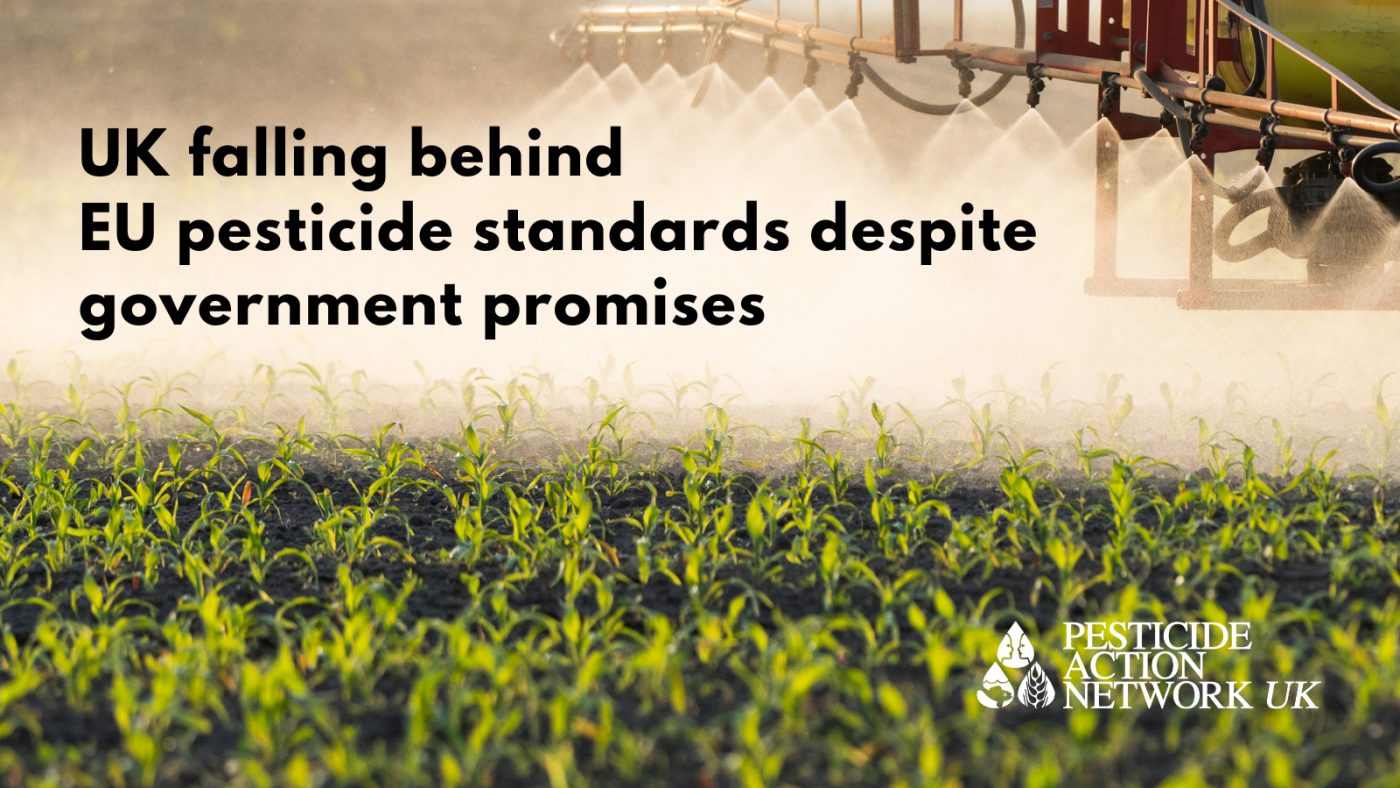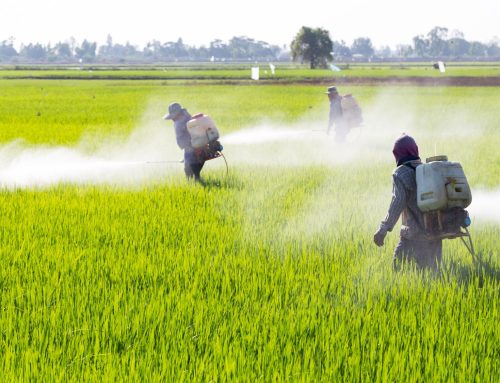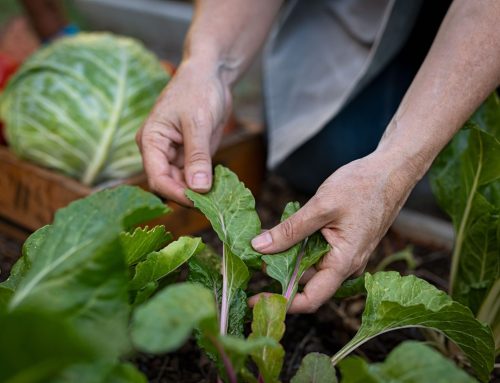36 pesticides permitted for use in UK but not EU, despite government promises to maintain standards post-Brexit
The UK is increasingly falling behind the EU in removing chemicals that pose a risk to human health and the environment from the market.
Analysis has revealed that there are now 36 pesticides that can be used in the UK but are not currently allowed in EU countries.* Of those, thirteen are considered Highly Hazardous Pesticides – a UN concept used to identify the most harmful chemicals – including four that are highly toxic to bees, one that contaminates water and one that is highly toxic to aquatic organisms. These thirteen hazardous pesticides will now be in use in the UK for between two and five years longer than in EU countries.
“The UK is becoming the toxic poster child of Europe. The government has repeatedly promised that our environmental standards won’t slip post-Brexit. And yet here we are, less than four years later, and already we’re seeing our standards fall far behind those of the EU. With UK bees and other pollinators in decline, and our waters never more polluted, now is the time to be taking steps to protect nature. Instead, the government is choosing to expose British wildlife to an ever-more toxic soup of chemicals.”
Nick Mole, Policy Officer, PAN UK
Analysis also revealed a growing threat to human health. The list of 36 pesticides allowed in the UK but not the EU includes**:
- 12 classified as carcinogens which means they are capable of causing different types of cancer, including leukaemia and non-Hodgkin’s lymphoma.
- 9 endocrine disruptors (EDCs) which interfere with hormone systems and can cause birth defects, developmental disorders and reproductive problems such as infertility.
- 8 ‘developmental or reproductive toxins’ which have adverse effects on sexual function and fertility in both adults and children, and can reduce the number and functionality of sperm and cause miscarriages
- 2 cholinesterase inhibitors which reduce the ability of nerve cells to pass information to each other and can impair the respiratory system and cause confusion, headaches and weakness.
- 1 classified as acutely toxic, meaning that adverse health effects can result either from a single exposure or from multiple exposures in a short period of time (usually under 24 hours).
The majority – 30 – of the chemicals in question were allowed for use in the EU when the UK left on 31st January 2020, but have since been removed from the EU market. The remaining six chemicals have been approved by the UK government, but not in the EU, since Brexit.

A major cause of this divergence in standards is a UK government decision to grant all pesticides with licenses due to expire before December 2023 an automatic extension of three years. This decision – which is apparently due to a lack of UK government capacity to reapprove pesticides – flies in the face of the UK pesticide regime pre-Brexit. Previously, the UK granted a maximum license of fifteen years to any pesticide before it had to be reapproved, in recognition of the high risk these chemicals pose to both human health and the environment.
“The UK government promised to drive a reduction in pesticide use back in 2018 and yet we’re still waiting for them to take action. The emerging gap between UK and EU pesticide standards is incredibly concerning for our human health and environmental protections, but also for the future of UK agriculture as our standards fall further and further behind those of our largest trading partner. UK food exports containing pesticides that EU growers aren’t allowed to use, are likely to be rejected. Given that the EU still accounts for around 60% of UK agricultural exports, the impact on farmers could be devastating.”
Nick Mole, Policy Officer, PAN UK
PAN UK is calling for the UK government to, at a minimum, keep pace with EU pesticide standards and to not allow existing UK standards to fall any further. In addition, PAN UK calls for the government to put in place long-delayed measures such as pesticide reduction targets, end pesticide use in towns and cities and to strengthen the package of state support available to farmers to help them reduce their dependence on agrochemicals.
*The full list of 36 pesticides with their UK and EU approval and expiry dates is available here. Dates of UK approvals and expirations are taken from the UK government’s GB approvals register. Dates of EU approvals and expirations are taken from the European Commission active substances database.
**Health and environmental issues associated to individual pesticide active substances are taken from the University of Hertfordshire Pesticide Properties DataBase and PAN North America PesticideInfo Database.





